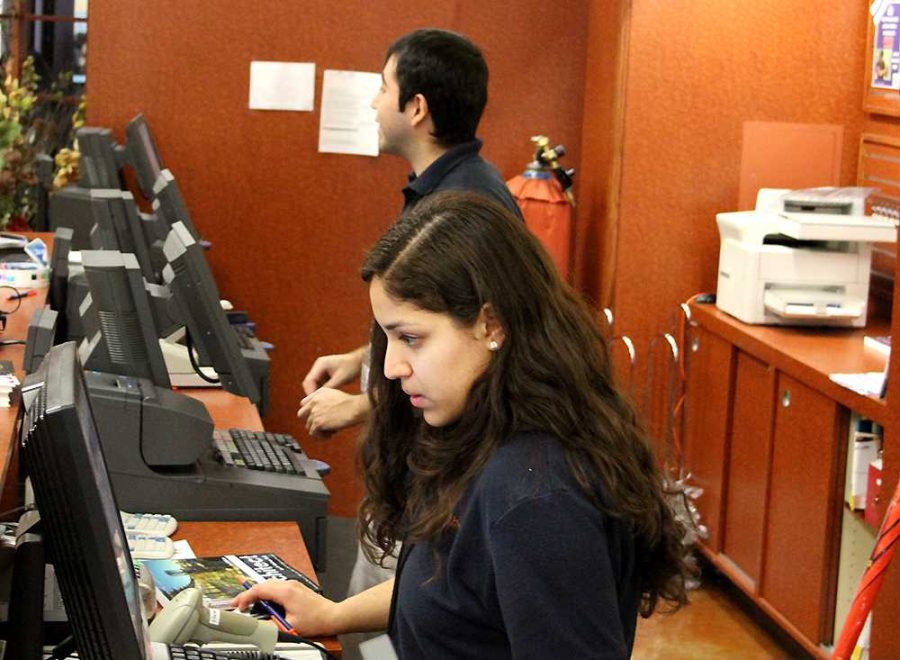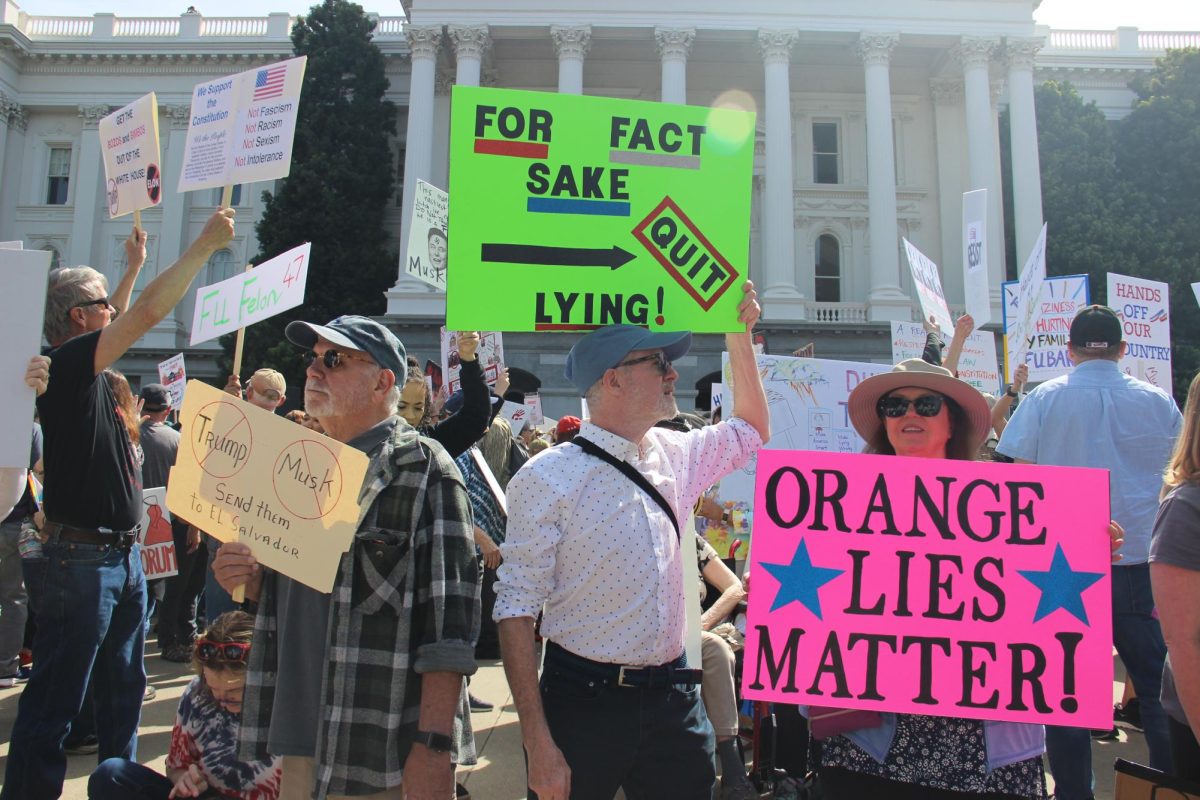Raising federal minimum wage is a step in the right direction
Employees of the Cosumnes River College bookstore would be a few of many affected by the potential federal minimum wage increase.
February 5, 2014
President Barack Obama recently proposed raising the federal minimum wage from $7.25 to $10.10, a move that has drawn both criticism and support.
A decision is yet to be made despite the clear need for a change in policy regarding minimum wage. The current $7.25 is clearly not adequate for a decent standard of living.
The fragile economy set the context for arguments against an increase, but a review conducted in 2007 by David Neumark of the University of California at Irvine and William Wascher of the Federal Reserve revealed that a wage hike reduced unemployment among low-wage workers, and a subsequent review in 2012 supported the results.
There are claims that the increase would impede employment, but Arindrajit Dube, an associate professor of economics at the University of Massachusetts Amherst, found little evidence of job loss. Dube said of a hypothetical 10 percent increase, it “affects employment in the restaurant or retail industry by much less than one percent.”
An increased wage would also act as an economic stimulant. Workers will have more money to spend and funnel back into the economy. In fact, a 2011 study by the Chicago Federal Reserve Bank found that a dollar increase in wages translated to a $1000 rise in household income and a subsequent hike in spending.
Addressing the issue of a living wage goes well beyond economic concerns though. Surviving on minimum wage alone is incredibly difficult, and maintaining an acceptable standard of living is even harder with full-time employees only earning $15,000 a year.
Faced by such scarce income, minimum wage workers are often forced to rely on government aid. Instead of paying a living wage, businesses are instead counting on the government to make up the difference, a further strain on the economy.
Without a living wage, America’s poorest workers are trapped in a vicious economic situation that is extremely hard to escape. Supporting families and attempting to attend college is made even more difficult by the need to earn enough to maintain a decent standard of living, which the current minimum wage simply does not allow for.
With a dearth of jobs and a rise in college tuitions, low-wage workers are faced with bleak prospects for earning a living and moving on to better opportunities. A college education is expensive, and does not always open doors, yet it is a significant advantage in the workforce and one that low-wage workers cannot often attain without significant hardship.
It seems quite clear that something must change. Increasing the federal minimum wage is a step in the right direction, but it is certainly not the only one, perhaps not even the most important. Poverty cannot be solved simply through an increase alone, though doing so could alleviate some of the struggles faced by poorer populations.
Whether it will work or not depends on future plans to address the economic difficulties of America’s workforce. Studies suggest that the increase would not in fact aid the poorest workers if other steps aren’t taken. A 2010 study carried out by professors Joseph Sabia of American University and Richard Burkhauser of Cornell University found that “only 11.3 percent of workers who will gain from an increase in the federal minimum wage to $9.50 per hour live in poor households.”
As it is, the minimum wage increase would be far more beneficial alongside other measures than standing alone. It may help alleviate the financial strain on low-wage workers, but it is not the end-all-be-all solution and legislation must take further steps to address the struggles of the working poor.






